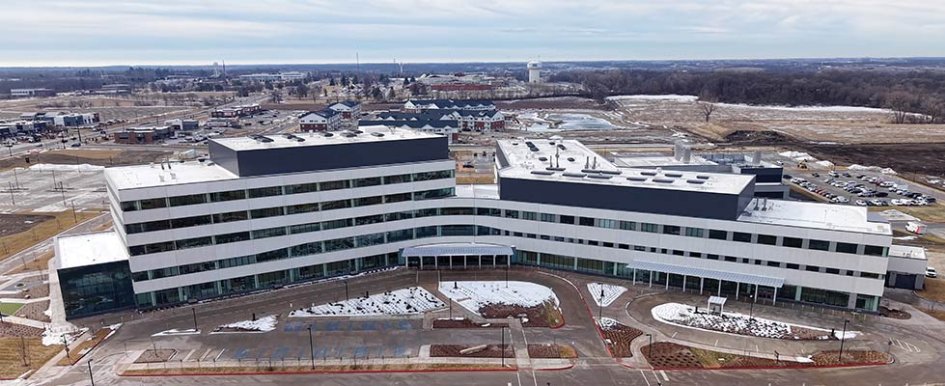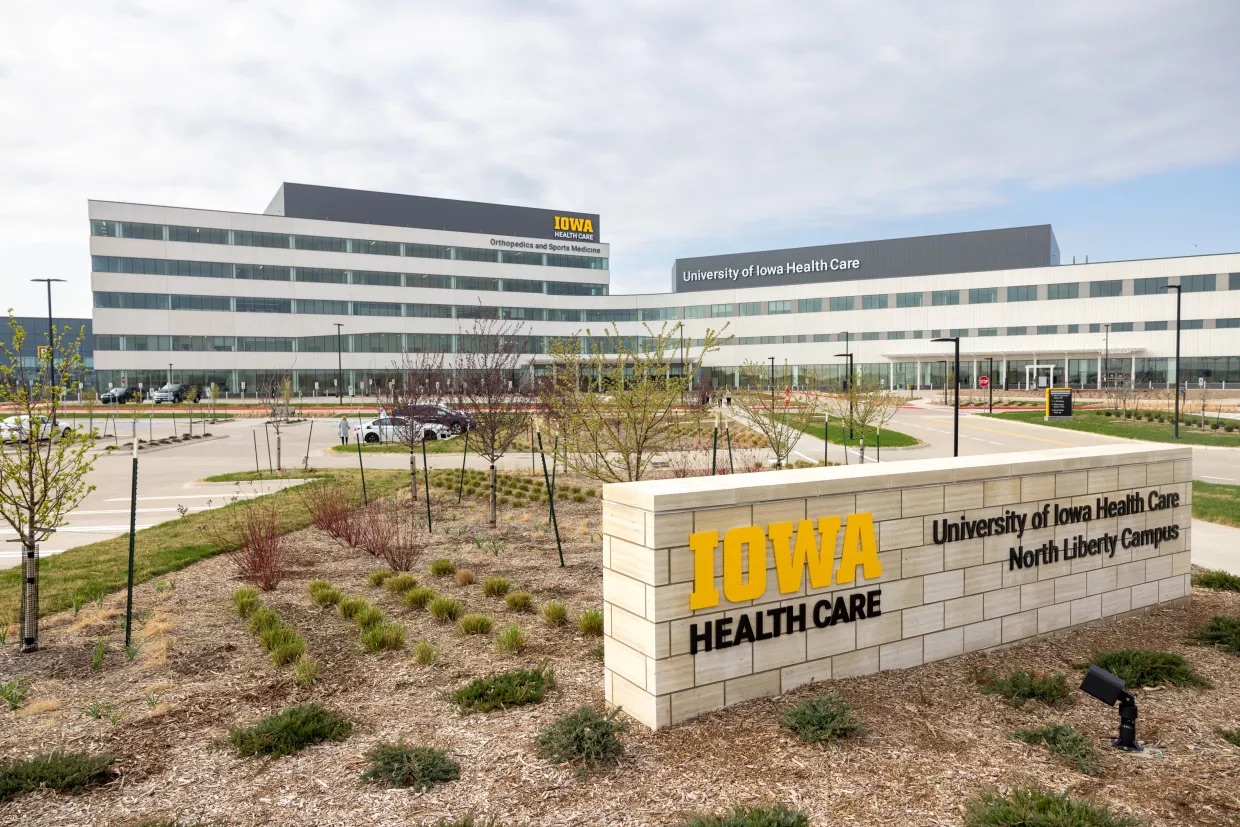
When we hear that something — anything, really — will be constructed with concrete, we may automatically picture an end product that’s strong, durable and safe. It’s why we don’t hesitate to walk inside concrete skyscrapers, and why we don’t give a second thought to driving our families across concrete bridges high above bodies of water. All of us, every day, put a lot of faith in concrete — made with cement.
And now, aside from producing one of the most trusted construction materials on earth, we’re working to make them more sustainable. Not only do members of the American Cement Association (ACA, formerly the Portland Cement Association) want to decarbonize this industry, but consumers want to build with lower-carbon products.
The cement and concrete industry has made a commitment to reduce emissions and be a partner to those in the construction value chain that are also focused on greener construction. The objective is to reach net zero by 2050, and while this is ambitious for industrial manufacturers, the strategy is clear about what needs to be addressed and the steps that should be taken to make the deadline. Cement producers won’t be the only ones who benefit from getting to net zero. Users of cement and concrete will be able to build structures that have a lower carbon footprint, which will benefit everyone.

Offering Builders Lower Carbon Products: Blended Cements
Blended cements are a straight-forward way to cut carbon emissions. Portland-limestone cement (PLC) and similar blended cements can reduce carbon dioxide (CO2) by up to 10%. PLC decreases the amount of clinker while increasing the amount of limestone by up to 15%.
PLC, an ASTM C595 Type IL cement, is produced just like traditional portland cements, with the only difference being that limestone is added during final grinding of the end product — resulting in a reduction in carbon dioxide intensity.
PLC has undergone extensive testing and research in the U.S. and other countries to ensure its durability and resiliency. Researchers have studied fresh properties related to placing and finishing, as well as hardened properties that relate to durability. PLC, like other blended cements, can provide the same proven performance as traditional cements. Changing from traditional cements to blended cements requires foresight and attention to detail. That means contractors and ready-mix providers must be in close contact as trial batches, and mock-up scenarios are essential. Early confirmation of the required strength, durability and sustainability performance requirements are key. It’s crucial to plan ahead with the end in mind, and to make sure the timeline allows everyone an opportunity to get to a certain comfort level, especially if it’s their first time using PLCs or blended cements.
Optimize Projects: Recycling & Site-Specific Solutions
Optimizing concrete mixes and considering the specific needs of a project also reduce emissions and result in a more sustainable project. Performance specifications allow concrete producers to design with the desired performance rather than blindly using the same specifications time and time again.
For example, the strength of some concrete sidewalks is the same as concrete used in some modern high-rises. That just doesn’t make sense, as these are two different applications requiring different approaches. Concrete used in a high-rise needs a level of strength and ductility that a sidewalk will never require. And in some states, sidewalks must withstand winter salting to melt ice — a treatment that’s unnecessary for high-rises.
One of the many benefits of concrete is that it’s recyclable. Considering the end use of a building through repurposing, reusing or reclaiming the materials is another way to be more sustainable when developing new buildings. For example, if a facility slated for demolition was constructed with a solid, concrete foundation, developers could let that foundation stand, which would save time and money while advancing their commitment to sustainability.
.jpg)
Putting It Into Practice: Examples of Green Building Approaches
North Liberty, Iowa, was facing a challenge. The suburban community just outside of Iowa City needed more hospital beds. University of Iowa hospitals stepped in to build a new, advanced medical academic health center. Built by JE Dunn Construction Group, designed by Neumann Monson Architects, with concrete provided by Iowa City Ready Mix and cement supplied
by Summit Materials, the team operated under a tight deadline, and built the North Liberty hospital on a 24-month project schedule. The project team turned to PLC to build the six-story, 469,000-square-foot hospital.
For this project, all 30,000-cubic yards of concrete products were made with the same PLC, which would lower the carbon footprint by up to 10%. Concrete was used in cast-in-place, precast and post-tensioned products ranging from foundations to floor slabs, to columns and walls for the building, as well as for its parking lot.
The North Liberty Hospital opened on April 28, providing the more than 20,000 people of North Liberty with a comprehensive academic health center. The facility features 84 clinic exam rooms, 12 operating rooms, 14 emergency care rooms, two procedure rooms, 36 inpatient beds and both indoor and outdoor physical therapy spaces.
It will also house the University of Iowa’s orthopedic and sports medicine departments, which are being relocated from the University of Iowa’s Iowa City campus. It’s a great example that showcases concrete as the preferred choice for strong, durable, resilient and (with PLC) sustainable construction.
It Takes Collaboration
Blended cements offer a great way to lower carbon emissions without compromising on quality. Through careful collaboration with industry partners, we can drive down our carbon footprint even further. There are also practical business considerations through close collaboration. Optimized design and performance-based specifications cut down on excess materials and ensure that everyone involved in the built environment is producing the right product, with the right materials, for the right application. There are many other tools in our toolbox however, from reducing transportation emissions to renewables like electrification and solar adoption.
Open and frequent communication between all professionals involved in construction efforts is a foolproof way to build stronger, smarter and more sustainably.
